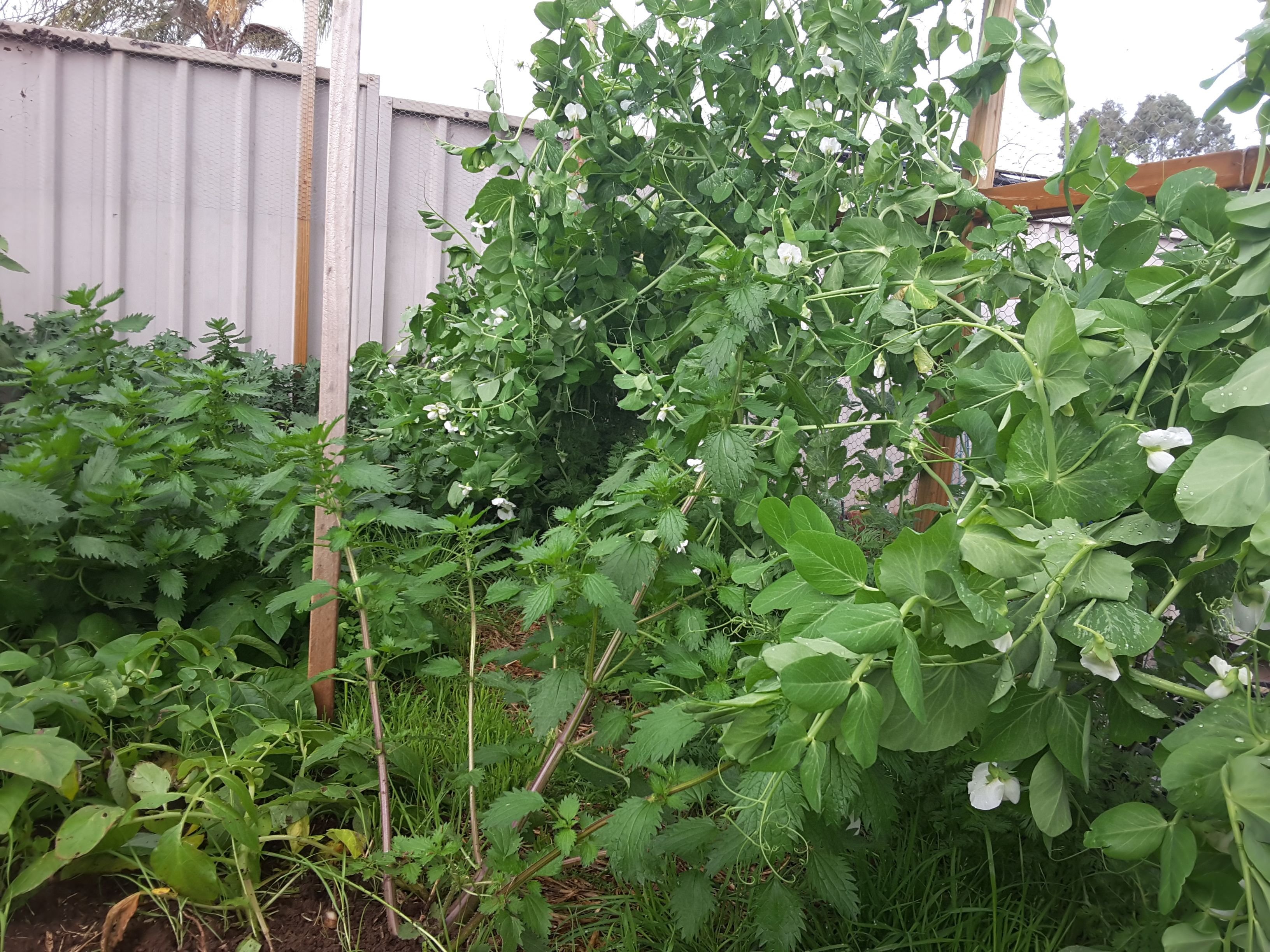Living on a homestead which is really just a suburban garden, means that I've been learning to upscale gardening practices and downscale, or adapt, homesteading practices. I'm still learning as I go, but hope to share what I have learnt so far and what I have yet to learn in the future. So today, as an introduction, I'd like to share some of the challenges urban homesteaders face that may not be such an issue in the country.

Firstly and probably the most obvious is land size. This limits how much you can grow, what animals you can keep and it's less likely you'll be able to self sustain for all your food needs. Something else which can affect what animals you keep are council regulations and close neighbours. Because, let's be honest, you don't expect to be living around farm animals in the suburbs.
It's hard to provide for all your needs even on a large piece of land, but in the country others are doing things similarly, so trade is an option for your excesses. In urban areas the chances of your neighbours also being interested in growing food plants are low, so you tend to have to rely on the shops more.
With regards to any animals you do keep, they are more likely to have to be confined to one area for long periods making parasite build up in their environment more of a concern. Also, confinement means that manure has to be well managed. You certainly don't want to be upsetting your neighbours with smells!
So these have been the main problems we've encountered as we try to provide for ourselves in an urban setting. In theory everything has a balance if scaled correctly and I want to strive to get closer to that balance. So in future posts I'll be sharing what is working so far and what hasn't worked out for us.
You can also find us on:
Instagram: https://www.instagram.com/minismallholding/
Facebook: https://m.facebook.com/minismallholding/
YouTube: https://m.youtube.com/channel/UCBwcsmyIkW_hIEJdLUSd44
